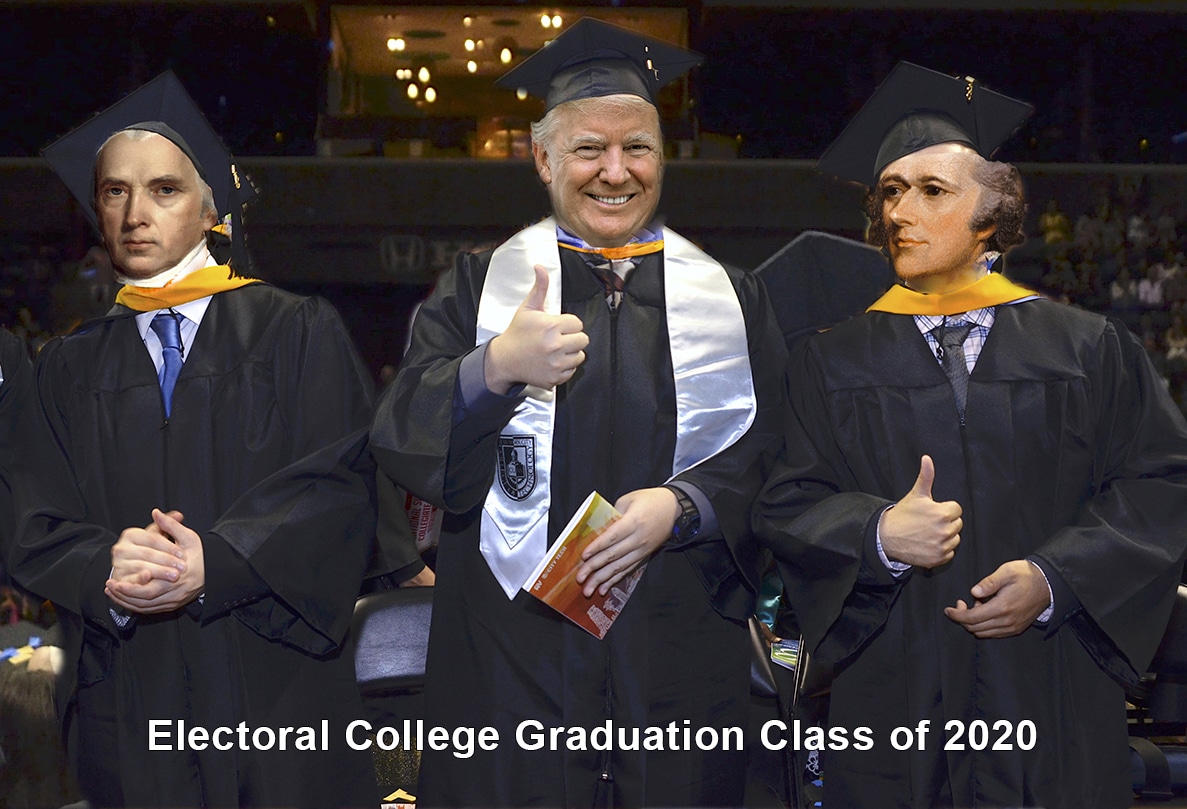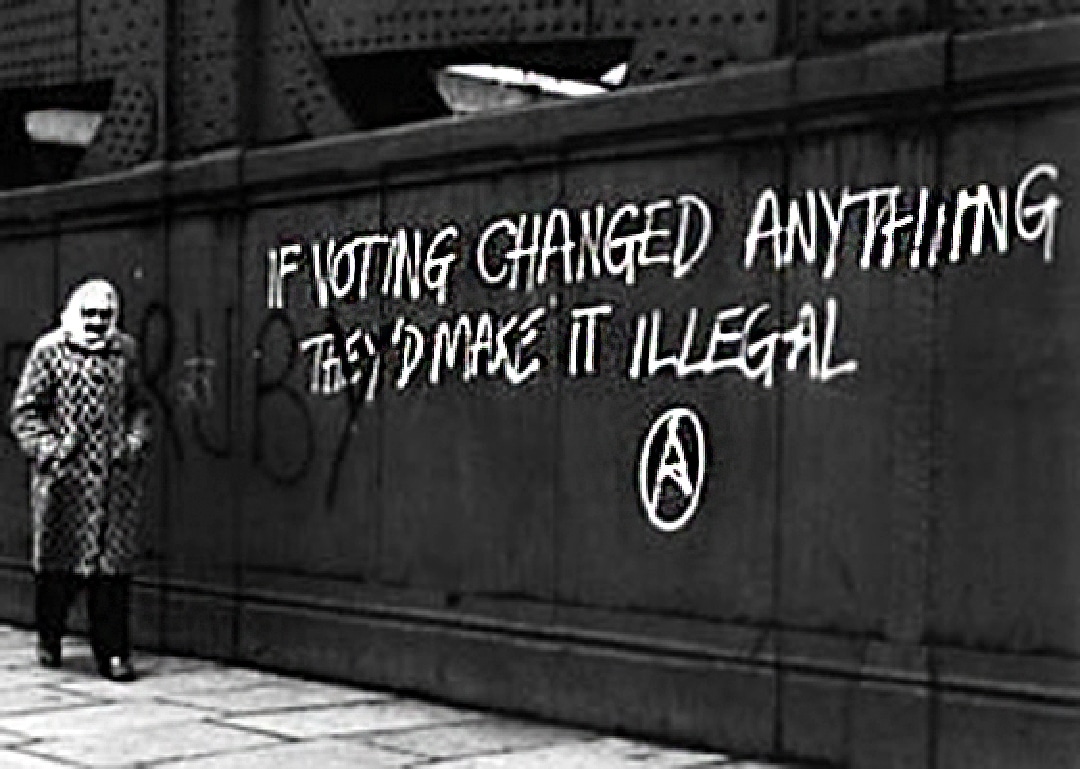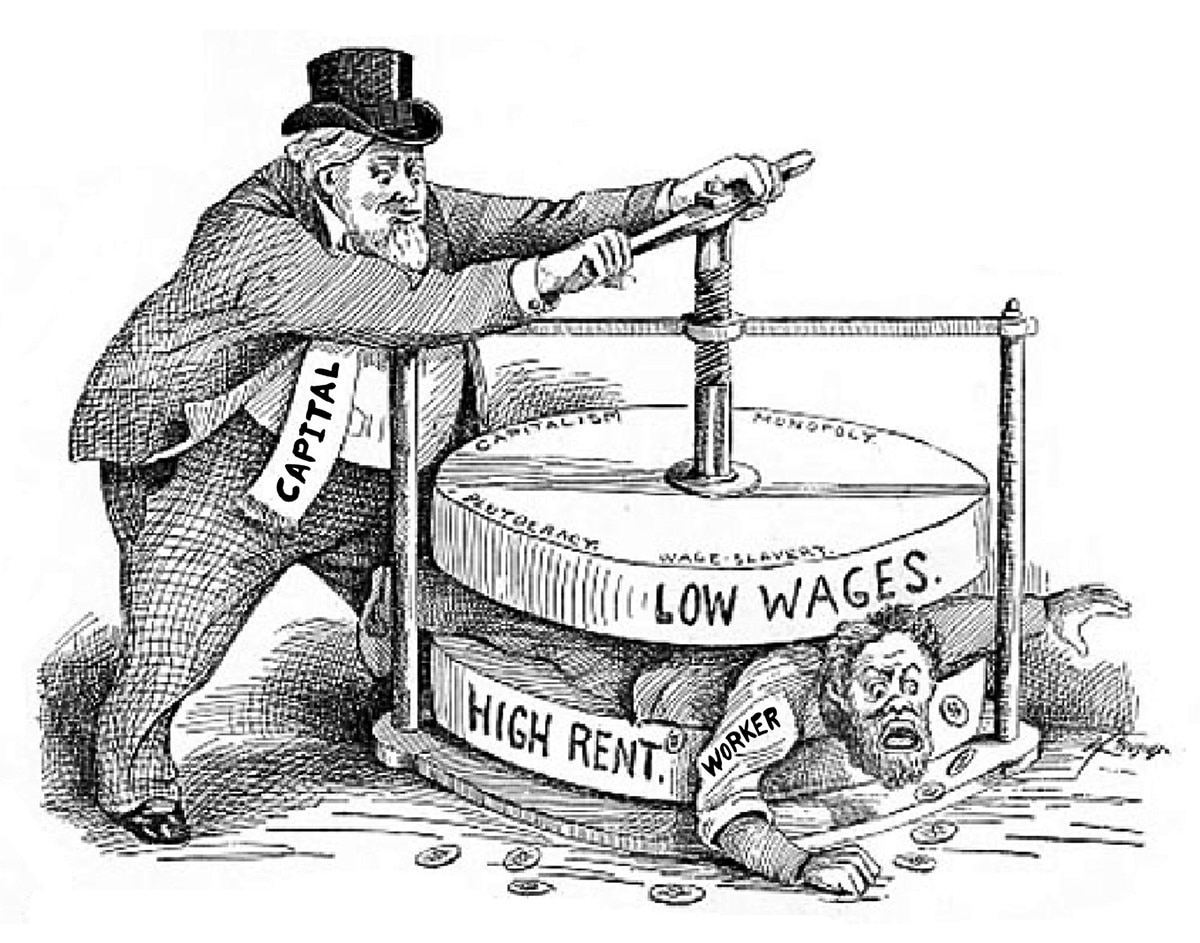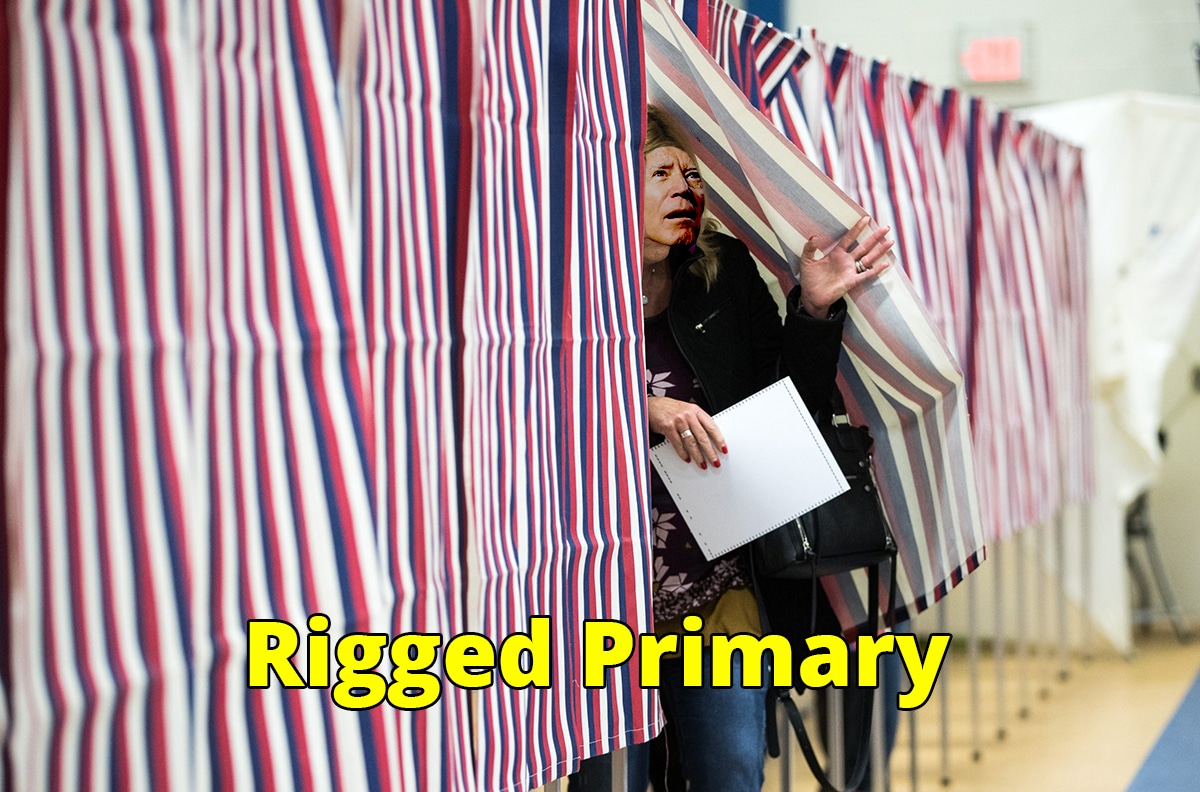

Repeal the Reapportionment Act of 1929!
by | May 7, 2020
Repeal the Reapportionment Act of 1929? What the hell is that? How slavery, prohibition and culture war corrupted the Constitution and robbed you of your right to popularly elect a president.
Modern Democrats have been bitching and moaning about the Electoral College since Al Gore won the popular vote, but still lost the election in 2000. Abolishing the Electoral College through a constitutional amendment would be an onerous process. Democrats know that, but they don’t seem to understand that they can repeal the Reapportionment Act of 1929, which would have almost the same effect.
In the last 20 years, 2 of 3 American presidents have lost the popular vote and have still been elected. It’s a scathing indictment of our so-called democracy, but all Democrats can do is whine. Why do we have the Electoral College at all?
The founders did not intend to establish a direct democracy.
The founders did not intend to establish a direct democracy (everyone votes on everything), but for expediency (and to satisfy slave owners) established a republic.
The greater number of citizens and extent of territory which may be brought within the compass of Republican, than of Democratic Government; and it is this circumstance principally which renders factious combinations less to be dreaded in the former, than in the latter. —James Madison, Federalist No. 10
Madison preferred and argued for a republic “to refine and enlarge the public views, by passing them through the medium of a chosen body of citizens, whose wisdom may best discern the true interest of their country, and whose patriotism and love of justice will be least likely to sacrifice it to temporary or partial considerations.”
One of his arguments against direct democracy spoke to the tyranny of the majority, “When a majority is included in a faction, the form of popular government, on the other hand, enables it to sacrifice to its ruling passion or interest both the public good and the rights of other citizens.”
It’s important to note Madison’s outright naiveté. Madison and his ilk could not, would not, consider that any member of their club lacked that requisite wisdom to best discern the true interest of their country, even though that club was comprised in part by rich white slave owners. This is the same rich asshole wisdom upon which most of our elected representatives still rely.
The Electoral College was solely established to mollify slave owners.
Alexander Hamilton the supreme elitist of the founders argued that regular people couldn’t be trusted to choose the president.
[T]he immediate election should be made by men most capable of analyzing the qualities adapted to the station, and acting under circumstances favorable to deliberation, and to a judicious combination of all the reasons and inducements which were proper to govern their choice. A small number of persons, selected by their fellow-citizens from the general mass, will be most likely to possess the information and discernment requisite to such complicated investigations. —Alexander Hamilton, under the pseudonym Publius, Federalist No. 68
James Madison, preferred popular election of the executive. Madison acknowledged that, while a popular vote would be ideal, it would be difficult to get consensus on the proposal given the prevalence of slavery in the South:
There was one difficulty however of a serious nature attending an immediate choice by the people. The right of suffrage was much more diffusive in the Northern than the Southern States; and the latter could have no influence in the election on the score of Negroes. The substitution of electors obviated this difficulty and seemed on the whole to be liable to the fewest objections. —Records of the Federal Convention, July 19, 1787
Madison also proposed that a census of the population conducted every 10 years would enable the House to adjust the distribution of its membership on a regular basis and that one congressional district for every 30,000 people should be apportioned. The method, however, proved controversial. Southern delegates argued that their slaves counted in the population, yielding them more Representatives. Northern delegates countered that slaves were property and should not be counted at all. The result was the notorious “Three-Fifths Compromise,” where slaves were counted as three-fifths of a free person.
Presidential electors were apportioned in the same way (adding 2 votes for each Senate seat), three out of four of the president elected after Washington were from Virginia, a slave state.
Under the original procedure for the Electoral College, as provided in Article II, Section 1, Clause 3, each elector cast two electoral votes, with no distinction made between electoral votes for president and electoral votes for vice president.
After the first truly contested election in 1796, when John Adams was elected President and Thomas Jefferson, Adams’ rival was elected Vice President, it became clear to the nascent political parties that the Electoral College needed reform. The 12th Amendment to the Constitution gave that electors one vote for President and one for Vice President, effectively allowing the political parties to offer candidates for both President and Vice President. However, Congress didn’t bother to reexamine the three-fifths rule.
The Reapportionment Act of 1929
In Last Call: The Rise and Fall of Prohibition, Daniel Okrent tells the fascinating story of Prohibition. Prohibition’s supporters included an unlikely alliance of liberal populists, members of the women’s suffrage movement, Southern Baptists and even the KKK. The proponents of prohibition, the “drys”, were mainly small town, native-born Protestants who feared losing their way of life to big city immigrants, fueled in part by the anti-German sentiment of World War I. Okrent also details the ruthless political strategies the antiliquor campaign used to pressure candidates for local and national office to support and ratify the 18th Amendment, prohibiting the manufacture, sale, or transportation of alcoholic beverages for consumption.
But in 1917, just days before Congress prepared to vote on the Eighteenth Amendment, Wayne Wheeler [long-time leader of the Anti Saloon League] went public. “We have got to win it now,” he told twenty-five hundred delegates to the ASL’s annual convention, “because when 1920 comes and reapportionment is here, forty new wet Congressmen will come from the great wet centers with their rapidly increased population.”
Never in American history, not even during the tumult of Civil War, had Congress disregarded the constitutional mandate, enunciated in Article 1, Section 2, to reapportion itself following completion of the decennial census. In each of the three most recent opportunities—1890, 1900, and 1910—the process consumed less than nine months. As late as January 1921, Wheeler himself believed that reapportionment was imminent and warned the ASL faithful to “be on guard.” But a threatened majority, like a threatened animal, will do what it can to preserve itself. Between 1921 and 1928, forty-two separate reapportionment bills were introduced in the House. Not one became law.
The principle that bound the foot-draggers together was the obvious one: members from the underrepresented states wanted reapportionment, and those from the overrepresented did not. This of course lined up very neatly with the dry-wet divide in the House, which continued to reflect a rural-urban split. (The same held in the Senate, where by the chamber’s very definition rural states had disproportionate power, Nevada’s representation no different from New York’s.) The dry congressmen who blocked reapportionment offered arguments dressed in varying degrees of candor. The 1920 census was flawed, said Oscar Bland of Indiana, because men from the farms had been drawn to the big cities during World War I and had not yet returned. James G. Strong of Kansas said he didn’t want to transfer a representative of our form of Government from an American state like Iowa to “one where so many do not speak the English language.” In 1927 Democratic minority leader Finis Garrett of Tennessee dismissed a nearly successful reapportionment bill as “silly.” But it was Representative Ira G. Hersey of Maine who provided a forthright summary of all the prohibitionist objections: he said the failure to pass a reapportionment bill was “simply a silent consent of Congress that they are satisfied with the present apportionment.
“Satisfied with the present”! It was the equivalent of a jewel thief who’d been sentenced to jail saying he was satisfied with his room at the Ritz. The dissatisfied were those who represented urban America, where, thanks to immigration and increased birth rates, cities were growing even faster than the farm population was shrinking. Detroit provided an outstanding example of the inequities. Its population had doubled between the 1910 census and the unacknowledged 1920 census, but its congressional representation had remained constant; as a result, its two House members represented 497,000 people each, while in the House as a whole the average congressman stood for 212,000. As the decades stretched on, the imbalance only grew worse. By 1929 one of those Detroit districts was home to more than 1.3 million people, while at the same moment ten separate districts in Missouri contained fewer than 180,000 people each. “The situation grows more and more menacing,” said Representative Emanuel Celler of Brooklyn, and though this did not trouble the drys, they could not disagree with Celler’s conclusion: “It is the city versus the country.” That is, the wet versus the dry. — Last Call: The Rise and Fall of Prohibition, by Daniel Okrent
When Congress finally passed the Reapportionment Act of 1929, they permanently froze the number of seats in Congress to 435, disregarding the 1920 census altogether. And disregarding the nation’s first notable shift to an urban population. The Apportionment Act of 1911 established Congressional apportionment at 435 districts or about 212,000 per district. Given the a US population of approximately 330 million, each district will comprise about 758,620 people after the 2020 census.
Smaller democracies in Europe maintain larger legislatures and provide better proportional representation.
The founders never intended that a congressional district would represent more than three quarters of a million people. After all, the entire population of the US for the 1790 census was 3,929,214, What do other democracies do?
The United Kingdom has a bicameral, parliamentary government. The lower house, the elected House of Commons has 650 elected members and the upper house, the House of Lords has 793 appointed members. Population per seat is 44,173.
Germany has a bicameral, parliamentary government. The lower house, the Bundestag has 709 members and the upper house, the Bundesrat has 69 members. Population per seat is 104,109.
France has a bicameral, parliamentary government. The lower house, the National Assembly has 577 members and the upper house, the Senate has 348 members. Population per seat is 71,631.
Italy has a bicameral, parliamentary government. The lower house, the Chamber of Deputies has 630 members and the upper house, the Senate of the Republic has 321 members. Population per seat is 64,858.
Mexico has a bicameral, congressional government. The lower house, the Chamber of Deputies has 500 members and the upper house, the Senate has 128 members. Population per seat is 191,939. These figures come from the List of legislatures by number of members, Wikipedia.
The United State has the second worst proportional representation in the world, second only to India, a country with a population of over 1.2 billion. Starting to get the picture? Smaller democracies can support larger legislative bodies and maintain much better proportional representation. Think about that when elitist rich assholes tell you that a larger legislature would be unwieldy.
More proportional representation will significantly lower the chances of a President elected without benefit of the popular vote.
If Congress was reapportioned at the 1911 levels (more than a hundred years ago) or 212,000, we would have 1,556 members of the House of Representatives. Unless more states are added, the Electoral College would have 1,656 votes, significantly diminishing the ratio of Senate assigned votes (non proportional representation) to the House assigned votes (proportional representation) from 19% to 6%.
Assuming that Congress would be reluctant to debate apportionment every ten years, which is what the founders truly intended, this modification could serve the country for the near future.
Repealing the Reapportionment Act of 1929 and its subsequent legislative procedures would not require an amendment to the Constitution!
In fact, repealing the Reapportionment Act of 1929 would restore the electoral process to the one envisioned by the framers of the Constitution.
In the November 2008 elections, the Democratic Party increased its majorities in both chambers (including – when factoring in the two Democratic caucusing independents – a brief filibuster-proof 60-40 supermajority in the Senate), and with Barack Obama being sworn in as President on January 20, 2009, this gave a Democrats an overall federal government trifecta for the first time since the 103rd Congress in 1993.
Democrats squandered the opportunity to enact this ultimate reform in 2009, if they even considered it.




